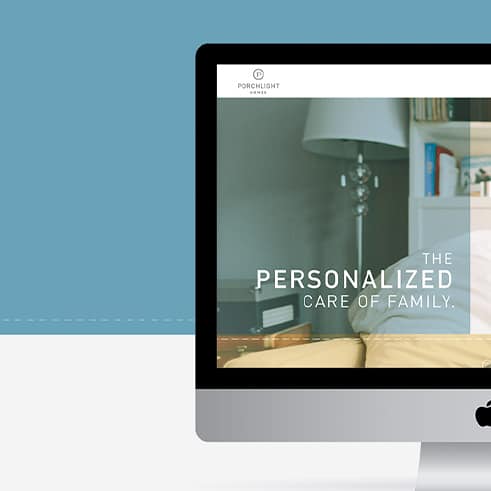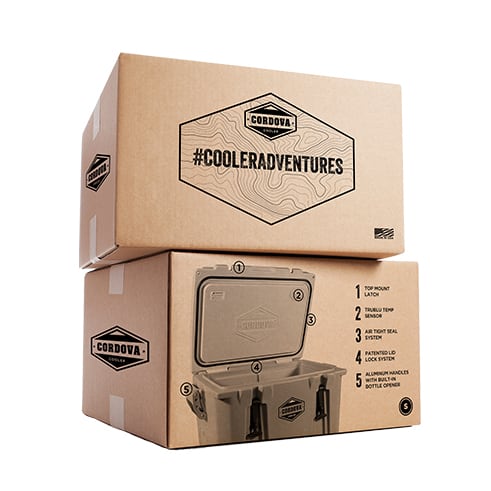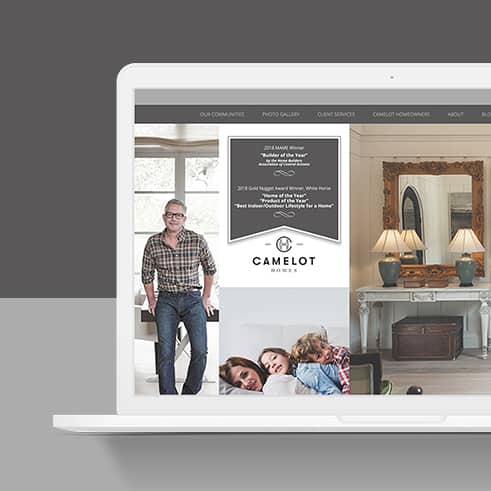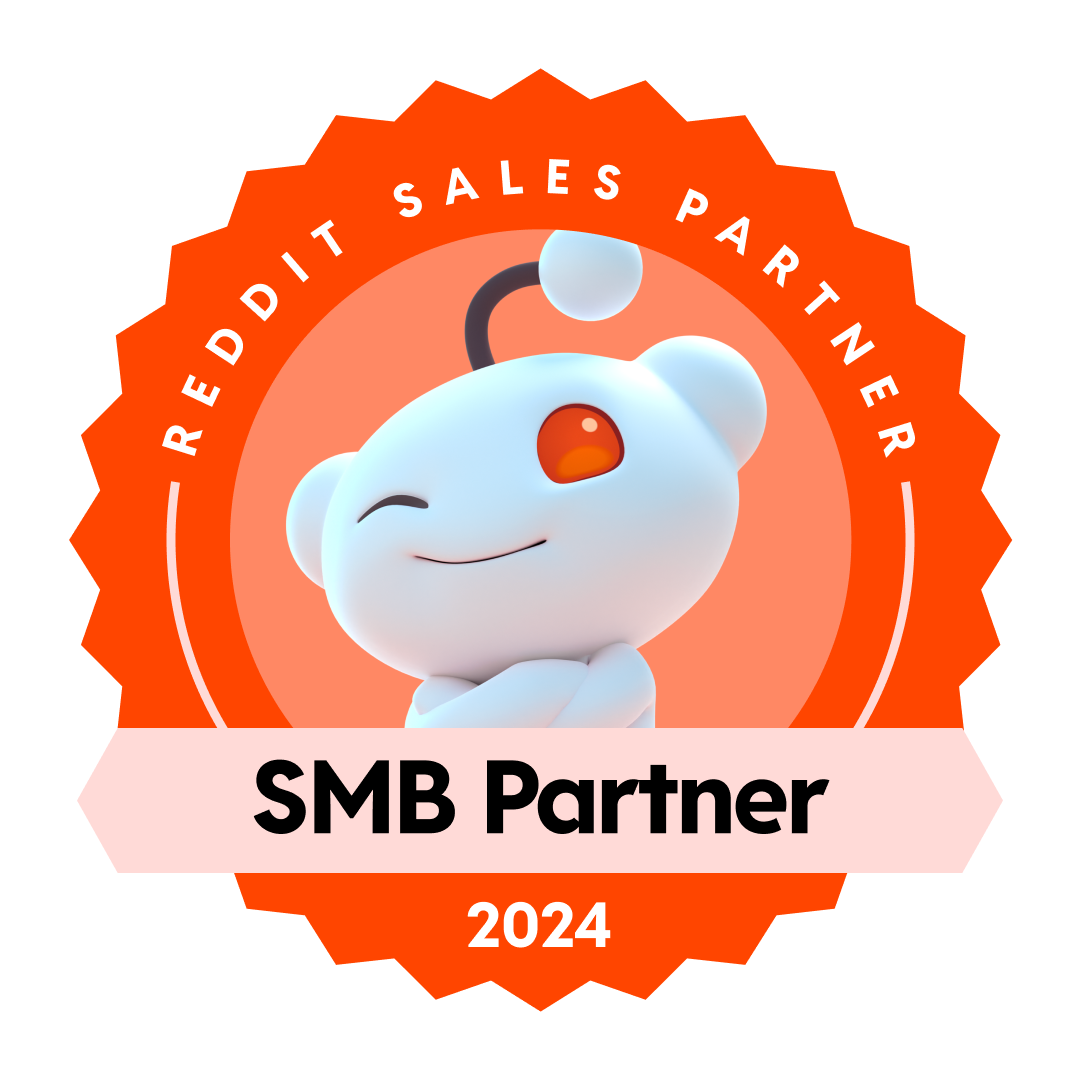It’s Friday afternoon, and you find yourself hopping over to Facebook for a quick scan before heading home for the weekend. As you scroll through your feed, you see an ad for that popular new craft cocktail bar you’ve been wanting to try.
A couple hours later, you find a flyer for that same bar on your windshield advertising some happy hour drink specials.
Driving home, you tune into your favorite radio station and hear an ad promoting a mixology competition and those taunting drink specials at—you guessed it—that trendy new bar.
You look around and wonder if someone’s stalking you…
That’s just one example of an integrated marketing campaign, where brands use various advertising mediums and channels to provide a seamless brand experience for their target audience using consistent brand voice, tone and messaging.
The benefits of an integrated marketing campaign are plentiful.
1. It builds trust.
This much is true: there is so much advertising “noise” out there, and consumers can be overwhelmed by the number of marketing messages they consume every day. A consistent, integrated campaign will help break through the clutter and give consumers peace of mind knowing they are hearing/seeing/reading from an established, solid brand they can trust.
2. It’s intentional.
When you work with a full-service agency like ours, an integrated campaign is built with intention; a cross-department, multi-disciplinary team develops a plan that is cohesive and tied together with a common thread and designed to accomplish a very specific goal. Each department (or channel) knows what the other is doing, and it is when all channels are singing from the same song sheet—in unison—that success occurs. An integrated campaign is developed in a way that leverages the strengths of specific channels as they work together to deliver a consistent message. There may be times when certain channels are incorporated, and other times when they are not. The engineers of the plan know which channels should be deployed on a campaign-by-campaign basis. There is no such thing as one-size-fits-all.
3. It’s more effective.
When you “swarm” your target audience with consistent messaging on myriad channels, you’re building brand awareness and trust. They are more likely to remember your brand (remember: you saw that Facebook ad, picked the flyer up from your windshield and heard the ad on the radio) and are more engaged with what you are communicating. They may even be more willing to talk about your brand to their friends when asked for recommendations… perhaps about a new bar to try (“Hey, I heard about this new bar around the corner and they’re having some drink specials tonight; we should go try it out.”).
4. It’s efficient.
The content and imagery you develop for your campaign can be used across channels—so there’s no reason to create everything from scratch as you move from social to digital to print. And you don’t want to anyway. Remember: consistency is key with your integrated marketing campaign. Keep your messaging aligned with the necessary (minor) adjustments based on which platform you are using.
Think of your favorite brand. Now think about the different places you saw that brand’s message. Was social media in the mix? How about a digital ad? Maybe a short commercial you heard while listening to your favorite podcast?
There are reasons those brands develop and deploy integrated campaigns. They work.
We can show you how.




























